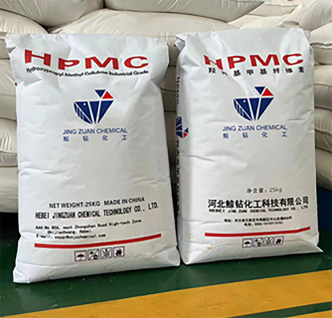
Lùna . 18, 2024 12:12 Back to list
Applications and Benefits of Hydroxypropyl Methyl Cellulose in Various Industries
Understanding Hydroxypropyl Methyl Cellulose Properties, Applications, and Benefits
Hydroxypropyl methyl cellulose (HPMC) is a widely used cellulose ether that belongs to the category of modified plant cellulose. It is derived from natural cellulose, which is extracted from wood pulp or cotton, through a series of chemical processes. This non-ionic polymer has garnered significant attention in various industries due to its unique properties and versatility in applications.
Chemical Structure and Properties
HPMC is composed of hydroxypropyl and methyl groups introduced into the cellulose backbone. These modifications enhance the solubility and functionality of cellulose. The degree of substitution, which refers to the average number of hydroxyl groups replaced by hydroxypropyl and methyl groups, can be controlled during its synthesis. This ability to tailor the degree of substitution allows manufacturers to produce HPMC with varying characteristics, such as solubility in cold or hot water.
One of the most notable properties of HPMC is its ability to form gels and films. When dissolved in water, HPMC creates a viscous solution and, upon heating, can form a gel-like consistency, making it a useful thickening agent. Furthermore, it is odorless, tasteless, and biodegradable, which adds to its appeal in many applications.
Applications of HPMC
HPMC has found significant use in a range of industries, including pharmaceuticals, food, construction, and personal care products.
hydroxypropyl methyl cellulose

1. Pharmaceutical Industry In pharmaceuticals, HPMC is widely used as a binder and filler in tablets and capsules. Its excellent film-forming properties allow it to be employed in controlled-release formulations, helping to manage the release rate of active ingredients in medications. Additionally, HPMC is utilized in coatings for tablets, enhancing stability and protecting sensitive compounds from environmental factors.
2. Food Industry HPMC is classified as a food additive, known as E464. It is used in food products as a thickener, emulsifier, and stabilizer. Its ability to retain moisture makes it an excellent ingredient in low-fat and gluten-free products, improving texture and preventing dryness. HPMC is commonly found in salad dressings, sauces, and processed foods.
3. Construction Industry In construction, HPMC is utilized as an additive in cement, tile adhesives, and plaster. It enhances workability, improves adhesion properties, and contributes to the water retention of mortar and plaster, ensuring a better finish and durability of structures.
4. Personal Care Products HPMC is also prominent in the cosmetics and personal care industry. It is used in products like shampoos, lotions, and creams, where it serves as a thickening agent and stabilizer. Its soothing properties make it suitable for skincare formulations, as it helps to retain moisture and create a pleasing texture.
Benefits and Safety
HPMC is considered safe for use in various applications. It is not known to cause any significant adverse effects, and its non-toxic nature makes it suitable for products that come into contact with food and skin. Furthermore, the biodegradability of HPMC supports sustainable practices, making it an environmentally friendly choice in many formulations.
In conclusion, hydroxypropyl methyl cellulose is a versatile polymer that plays a crucial role in numerous industries thanks to its unique properties and numerous benefits. Its wide-ranging applications, from pharmaceuticals to food and personal care, highlight its importance in modern formulations. As research continues to explore its potential, HPMC is likely to remain a key ingredient in innovative products that meet consumer demands for efficacy and sustainability.
-
Versatile Hpmc Uses in Different Industries
NewsJun.19,2025
-
Redispersible Powder's Role in Enhancing Durability of Construction Products
NewsJun.19,2025
-
Hydroxyethyl Cellulose Applications Driving Green Industrial Processes
NewsJun.19,2025
-
Exploring Different Redispersible Polymer Powder
NewsJun.19,2025
-
Choosing the Right Mortar Bonding Agent
NewsJun.19,2025
-
Applications and Significance of China Hpmc in Modern Industries
NewsJun.19,2025







